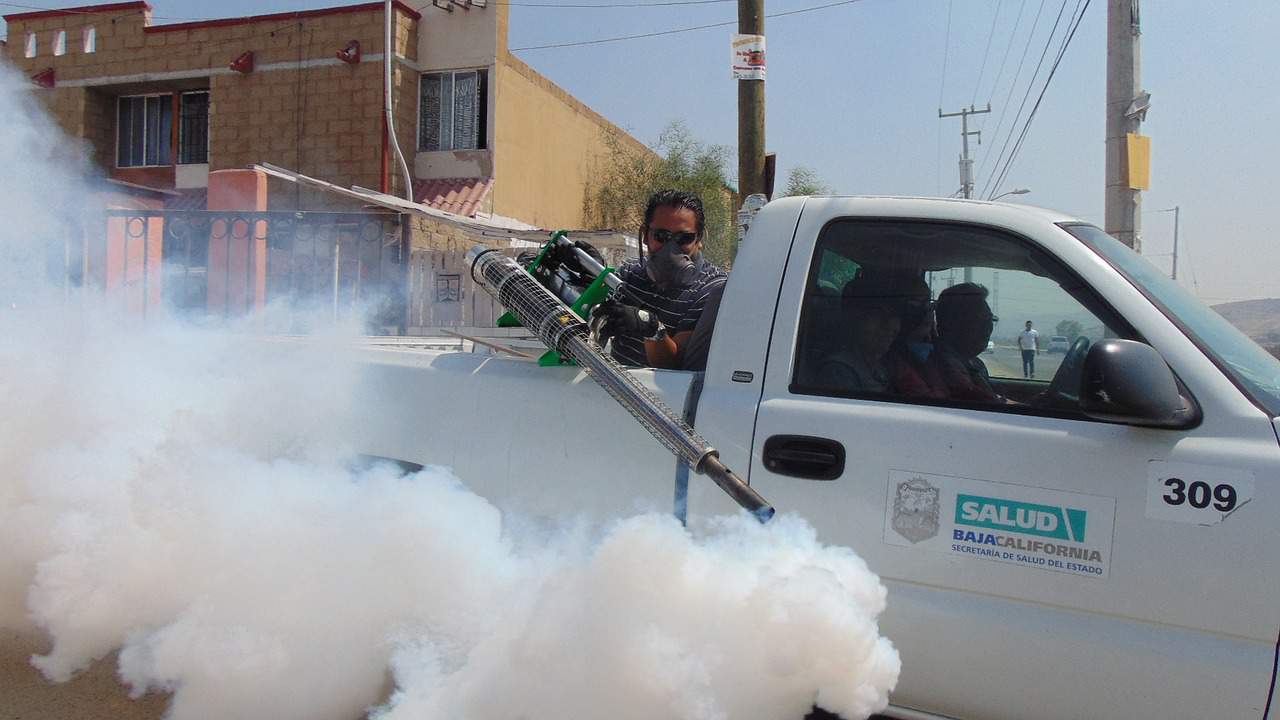Why Are Termite Infestations Dangerous?
Most homeowners are terrified about having a termite infestation in a home, and the reason for this is simple. Termites tunnel through cellulose materials, including a building’s wooden frame, floors and baseboards along with bathroom and kitchen cabinets. These insects will also chew through drywall or wallpaper, and the insects can infest wooden furniture, paper artwork and books. Your home can have a hidden infestation of termites for months or years before you notice the damage to the interior portions of a building, and by that time, you can have thousands of dollars worth of damage. Termite damage can make a building unstable by destroying the support systems of the walls or roof, making it impossible to live in your home.
Common Termites in Florida
There are many types of termites, but the insects will thrive in a warm year-round climate in Florida, so you must use protective methods to avoid having an infestation. The most common types of termites in our state include:
• Conehead termite
• Florida dampwood termite
• West Indian drywood termite
• Eastern subterranean termite
• Asian subterranean termite
• Formosan subterranean termite
At certain times of the year, termites swarm to fly to new locations, and each termite species has a range of time for doing this. This is when you are more likely to have an infestation into your home in Florida. The hot and humid conditions in this state are the perfect environment for termites that can also find secluded locations in wooded or swampy areas.
What Are the Signs of Termites?
It is a good idea to understand the signs of termites, including seeing swarms of the insects that often fly at night. After arriving at a desirable location, many types of termites drop the wings from the bodies before chewing and tunneling into wooden or cellulose materials. A homeowner may notice the dropped wings, small holes in wood or piles of sawdust from the tunneling process. Termites may begin by infesting the lumber or firewood on your property along with tunneling into fencing materials or outbuildings. If you notice these problems, then you should plan remediation right away to avoid having an infestation in a home.
Structural Barrier Systems
Having a barrier system around your home’s foundation is the primary way to prevent infestation, and if you are building a new home or remodeling an older home, then you should consider contacting an exterminator about this process. Termite barrier systems include the installation of brick, cement or metal items to keep the insects from tunneling into a home. It is also possible to use various types of liquid sealants that will dry to keep termites from entering the cellulose materials.
Chemical Barrier Systems
However, if you can’t use these devices, then a chemical barrier system is appropriate for your home. Chemicals that will deter termites are often mixed into the soil around the foundation of a home, or alternatively, the substances are sprayed onto surfaces. The chemicals will wash away from rainwater or flooding conditions, so a new application is required occasionally. It is also possible to use bait stations that can kill the termites or that will have poisons that attach to the insects’ bodies, helping to destroy additional termites. Bait systems may contain chemicals that make termites infertile, making it impossible for the queen termite to continue laying eggs. If the poison is carried back to the queen, then it can disrupt the breeding process to help you eliminate all of the termites. Contact Turner Pest Control today to learn more about preventing termite damage.
